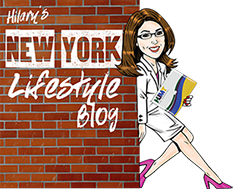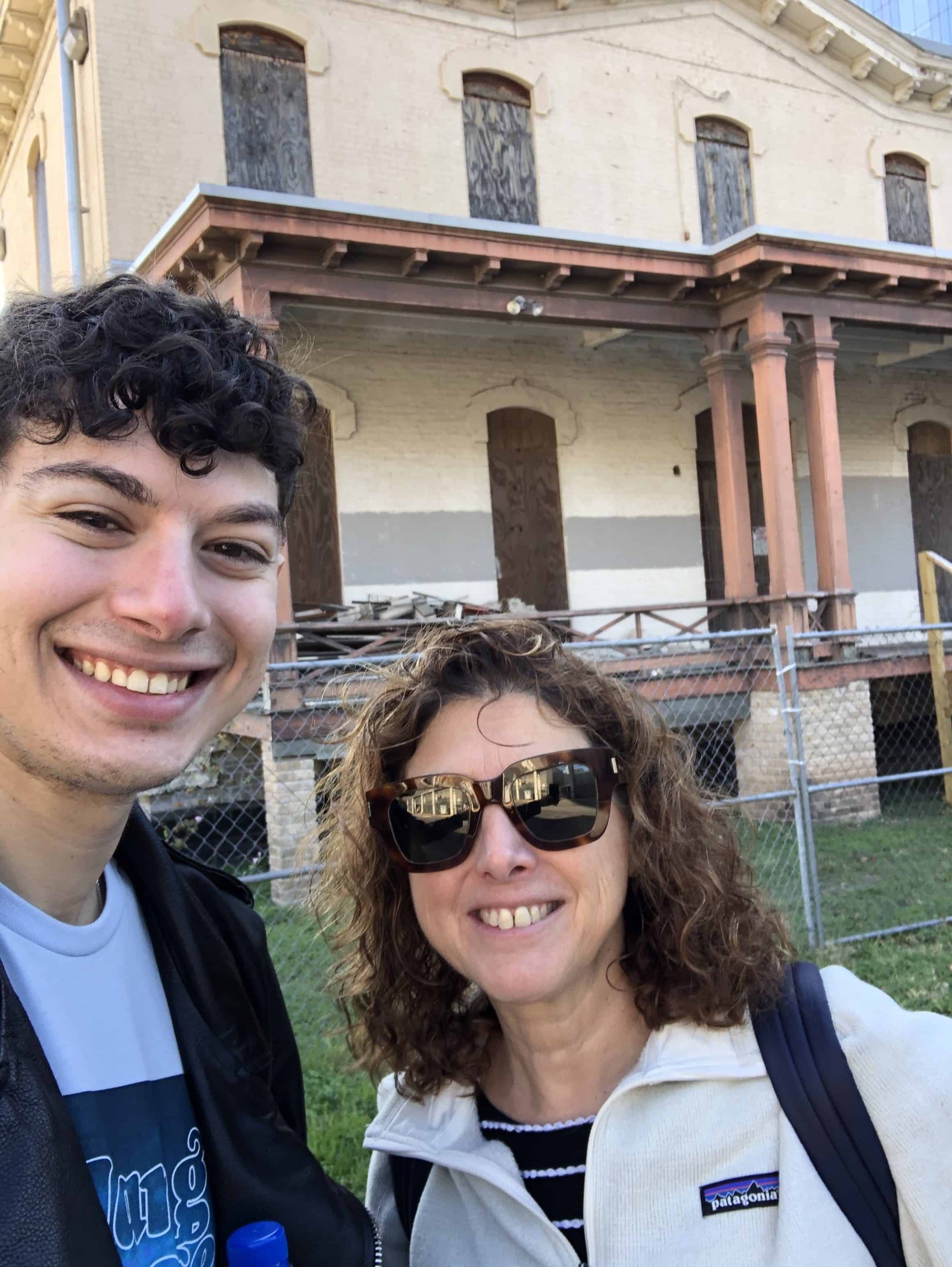Transforming your selfies and getting a unique profile picture can be the secret ingredient for a memorable online first impression. A distinctive profile picture helps you stand out. It’s not just about looking good; a unique photo can enhance your brand, attract the right connections, and tell a little of your story before you even type a word.
Enter Microsoft Designer, a versatile tool perfect for giving your profile picture a creative boost. With its AI-driven design capabilities, Microsoft Designer allows anyone—from beginners to pros—to add eye-catching backgrounds, fun effects, or refined touches to photos. It’s user-friendly, too, so you don’t need any design experience to make the most of it.
Learn how to use Microsoft Designer to transform your selfies and make your profile picture unique. Here are some tips:
Understanding Microsoft Designer
Microsoft Designer offers various powerful tools, making profile picture customization a breeze. Key features like background removal and AI-assisted image generation let you create visually striking photos with minimal effort. Need a vibrant backdrop or something subtle? The designer’s extensive library of design elements has you covered. Plus, its intuitive interface lets you start quickly, even if you’re new to graphic design. With seamless integration across other Microsoft products, Designer fits into your workflow, making it a versatile choice for any user.
Using Microsoft Designer isn’t just about creating great visuals—it’s about developing your personal brand with ease. Its AI-driven features make it simple to polish up your image, letting you craft a unique look that stands out in professional and personal spaces alike. With just a few clicks, you’ll have a profile picture that’s memorable and perfectly captures your individuality.
Step 1: Accessing Microsoft Designer
To get started with Microsoft Designer, head over to the web-based platform or open it on your desktop if you’ve already downloaded it. You’ll need a Microsoft account, so if you don’t have one, take a minute to sign up—it’s quick and free! Once logged in, you’re ready to dive in.
Before making edits, set up your workspace for a smoother experience. You can customize the layout to keep your favorite tools and design elements handy. This setup makes navigating through Microsoft Designer easier, allowing you to focus on creating your perfect profile picture.
Step 2: Uploading Your Selfie
When selecting a selfie for editing, choose a high-quality photo to get the best results. Choose a well-lit shot where your face is clear, avoiding shadows or blurry details. Expressions matter, too—pick one that reflects the vibe you want, whether it’s friendly, professional, or confident.
Once you’ve got the perfect photo, uploading it into Microsoft Designer is simple. In the Designer workspace, click “Upload” and choose your image from your device. Your selfie will appear in the workspace, ready for transformation. With your photo in place, it’s time to move on to background editing!
Step 3: Removing the Existing Background
To make your profile picture pop, start by isolating yourself from the background. Microsoft Designer’s ‘Remove Background’ tool is a game-changer here—just select the tool, and AI does the hard work, identifying the subject (you!) and removing the rest. This automated feature usually delivers clean results, making background removal quick and easy.
However, for the most polished outcome, take a moment to refine the edges. Use the refine tool to smooth out anyuneven borders or stray pixels around your outline. This extra bit of care makes all the difference, ensuring that your cutout looks natural and professionally done. Spend a few minutes perfecting this step, and you’ll set a solid foundation for a standout profile picture.
Step 4: Creating a Custom Background
Now comes the fun part: designing a background that truly reflects your style. Microsoft Designer’s ‘Image Creator’ tool makes it easy to craft a unique backdrop that enhances your profile picture. Start by exploring the library, which is filled with templates, textures, and themes tailored to a variety of styles. Whether you’re going for a professional look, something playful, or a minimalist vibe, you’ll find options that suit your branding or personal taste.
Think about how you want to present yourself. Do you want colors that pop or a more muted background that lets you stand out? Consider themes that align with your interests—if you’re in a creative field, maybe a vibrant, textured background works best; if your profile is professional, perhaps a clean, solid color is more fitting. For additional inspiration and tools for creating your own profile picture background, you can explore other options that enhance your digital identity.
Once you’ve selected a base, you can adjust colors, add patterns, or sprinkle in visual elements. Try to create color harmony by choosing shades that complement your outfit or complexion. Small design touches, like subtle gradients or soft patterns, can give your profile picture a polished and cohesive look. With these adjustments, you’ll have a background that’s as unique as you are!
Step 5: Integrating the Subject with the New Background
With your new background ready, it’s time to blend yourself seamlessly into it. Start by positioning and resizing your image within the backdrop. Centering the subject often gives a balanced, classic look, while offsetting to the side can create a more dynamic or creative feel. Play around with placement until it looks just right!
Consider adding a shadow, outline, or even a subtle filter to enhance the integration. A shadow can add depth, making the subject stand out naturally against the background. Outlines can give a clean separation between you and the backdrop, creating a bold, defined look. Filters can help harmonize colors, making the entire image feel cohesive. Experiment with these effects to find the right balance that makes you “pop” without overpowering the background. These small touches bring your profile picture to life, creating a polished, professional, and unique visual statement.
Step 6: Final Touches and Enhancements
Consider adding text, stickers, or graphics to give your profile picture that extra touch. For a professional look, you might add subtle text with your name or a job title in a simple font. For a more personal vibe, playful stickers or icons that represent hobbies or interests can add personality without overwhelming the image.
Next, explore the filters and color adjustments in Microsoft Designer to fine-tune your picture. Try experimenting with filters to find one that unifies the colors in your background and subject for a cohesive feel. Adjusting brightness, contrast, and saturation can also make a big difference—sometimes, a little boost in brightness or a touch of contrast is all it takes to make your photo pop. Aim for a polished look where everything feels balanced and vibrant. These final enhancements help ensure your profile picture is not only unique but also polished and visually appealing.
Step 7: Saving and Exporting Your Profile Picture
Once you’re happy with your profile picture, it’s time to save and export it in the best format. JPEG is ideal for smaller file sizes and general use, while PNG offers higher quality and supports transparent backgrounds. Choose the format that best suits your needs, and make sure the resolution matches the platform—higher resolutions work well for LinkedIn, while smaller sizes are better for quick-loading profiles on Instagram.
Each platform has unique requirements, like LinkedIn’s circular crop and Instagram’s square display. Before uploading, check that your image fits these shapes and adjusts well so your final look is just as you envisioned!
Best Practices for Profile Picture Design
Simplicity is key when designing your profile picture—keep the focus on you. Avoid busy backgrounds or too many elements that might distract from the main subject. A clean, uncluttered look ensures that you’re the star of the photo.
Consider how your design aligns with your branding. If you’re aiming for a professional image, opt for subtle, neutral tones; for a personal touch, bring in colors or themes that reflect your personality. Finally, balance colors and themes to ensure harmony between you and the background. A cohesive design makes a strong impression and reinforces your personal or professional brand.
Exploring Additional Features of Microsoft Designer
Microsoft Designer offers a variety of advanced tools that make creativity easy. The ‘Restyle Image’ feature, for example, allows you to transform your picture with artistic filters and effects, adding a fresh twist to your design.You’ll also find template and design idea galleries, offering plenty of inspiration if you’re not sure where to start.
Don’t be afraid to play around! Microsoft Designer is full of possibilities, so experiment with different layouts, styles, and effects. With a bit of exploration, you might discover a new design approach that perfectly captures your personality and stands out online.
Memorable Impressions
A personalized profile picture does more than just look good—it helps you make a memorable impression, build your brand, and connect with others on social media. Microsoft Designer gives you all the tools to create a unique, polished profile picture that reflects who you are, whether for professional use or personal flair.
So, dive in and have fun! Try different backgrounds, colors, and effects, and let Microsoft Designer bring your vision to life. With each experiment, you’ll be closer to finding the perfect look that captures your style and makes a lasting impact.





